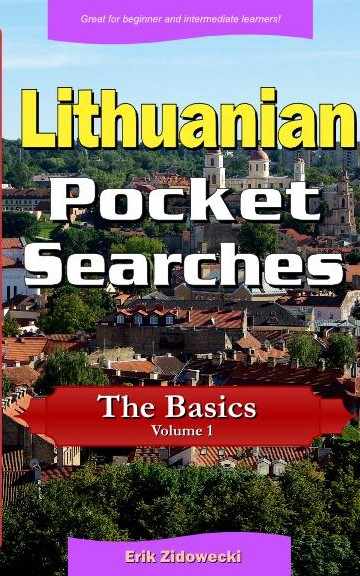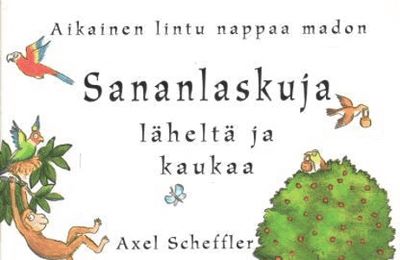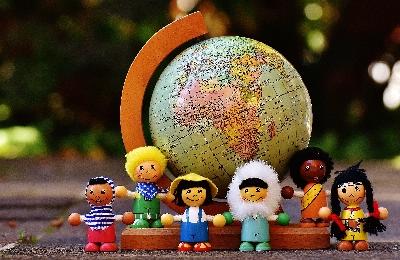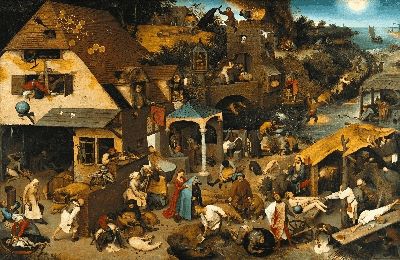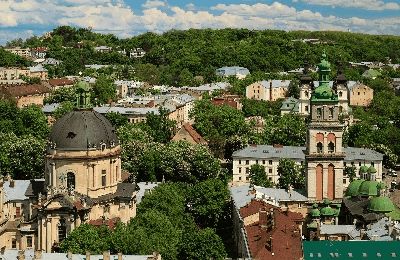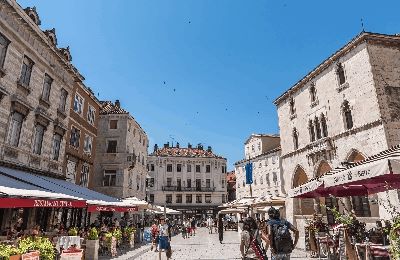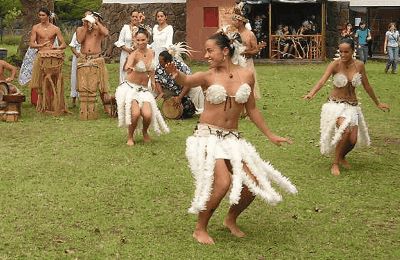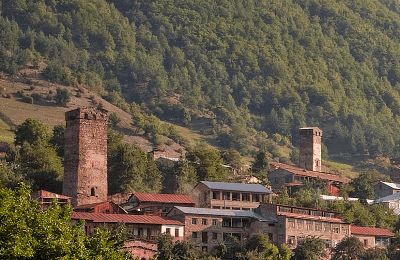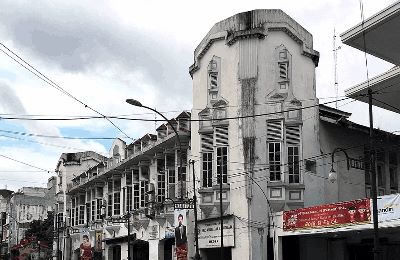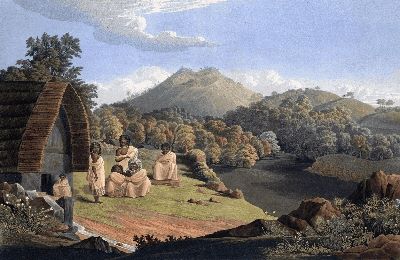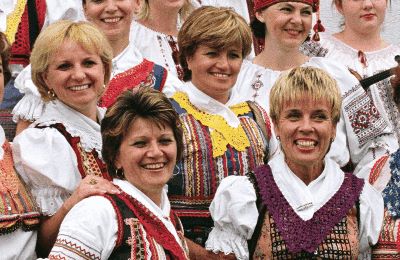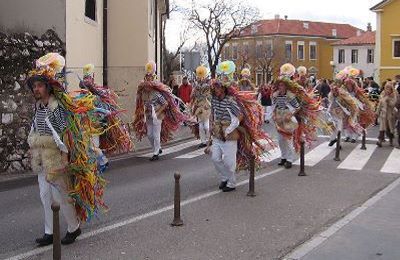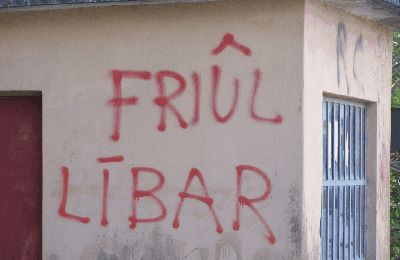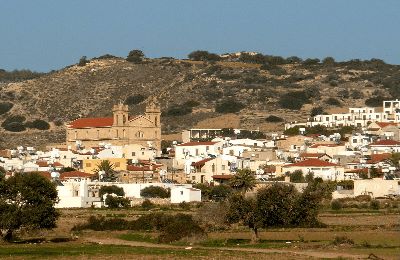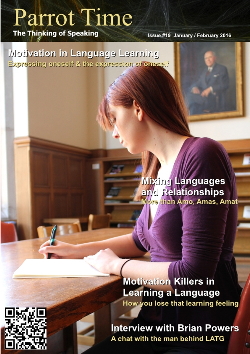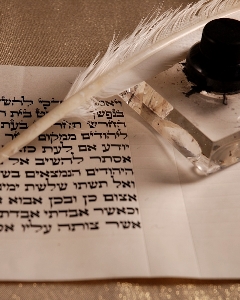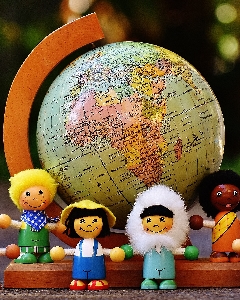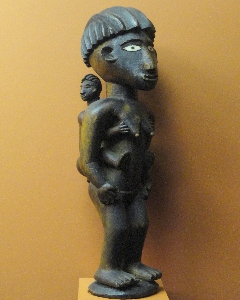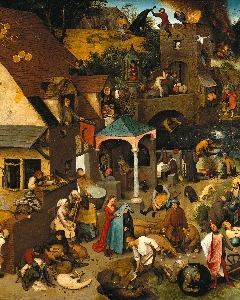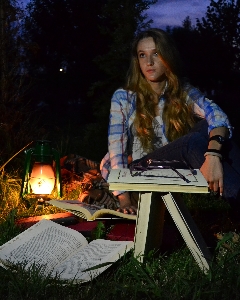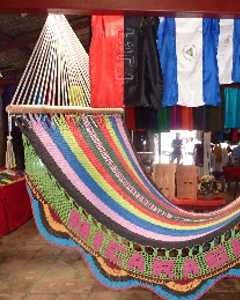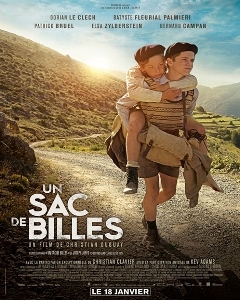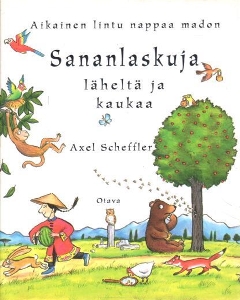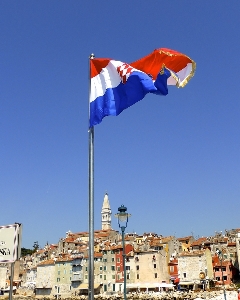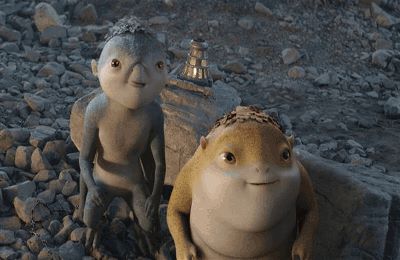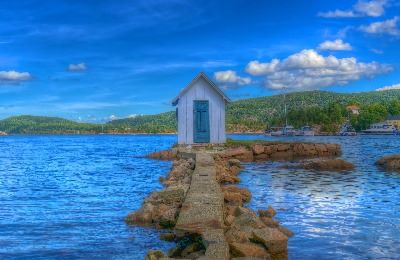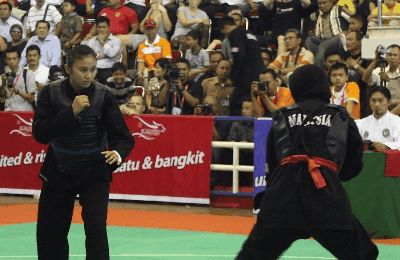The Good Language of Brazil

|
In the heart of the Amazon forest, 21 indigenous people from the territory of Cucui in the Upper Rio Negro take their solemn oath to spread, with loyalty, their knowledge for the development of their community. They spoke their own language. Together with other 51 students, they are the first group to graduate in Indigenous Education at Universidade Federal do Amazonas (UFAM) in the year of 2013. Two years later, with the help of some teachers from the Upper Rio Negro, a group of students in Santarém do Pará celebrate their degree in Nheengatu language. These two special moments have certainly contributed to valorize the culture of Indigenous people, mostly for the younger generations. It is the rebirth of a giant. Nheengatu once was so strong, fell by the wayside, and now tries to recover its prestige at home. Background 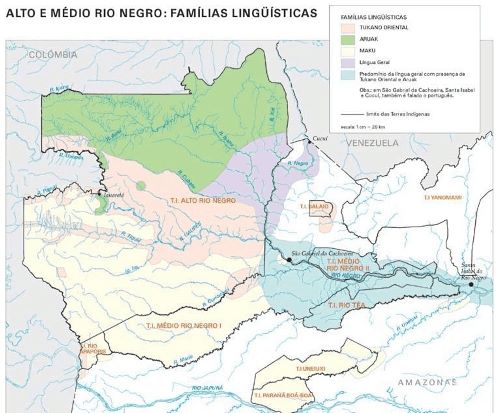 Linguistic families of the Upper Rio Negro In the territory today known as Brazilian Amazon, more than 700 different languages used to be spoken. Because of this linguistic diversity, priest Vieira, a catholic missionary, called Rio Amazonas as the "Babel River". Although weakened, this Babel still exists nowadays, mainly in São Gabriel da Cachoeira, 852 km from Manaus. There are about 20 languages used on the streets, and it is the main corner of Nheengatu, a language commonly spoken out there. The crib In the Sixteenth Century, during the colonial period in Brazil (1532-1822), the colonists depended on indigenous labor and forced a large number of inhabitants to abandon their homes. Coming from different regions and speaking different languages they were resettled in villages controlled by religious missionaries. The variety of languages was a problem for communication, but the presence of many languages of the Tupi-guaranian family would help them. The solution came from the region where today are located the States of Maranhão and Pará. Some natives were found speaking Tupinambá, one of the languages of the Tupi-guaranian family, largely spoken all around the Brazilian coastline back then. For the Jesuits, it seemed as if all the indigenous people in Brazil spoke the same language as long as they could somehow understand one another. The missionaries endorsed its usage, systematized its grammar and even translated some religious chants into Tupinambá. Such action facilitated the catechization of the indigenous people, who began to help the Jesuits to communicate with other groups still considered "savages" so that they learned the lingua franca and were part of the colonialist project. Tupinambá is nowadays a term for all the indigenous people who lived on the Brazilian coast in the 16th and 17h centuries and spoke any of the languages from the Tupi-guaranian family. A total of 1.175 languages were spoken in Brazil, at the time of the colonizer's arrival. The Nheengatu roots, first known as Lingua Geral (General Language), emerged from the simplification of Tupinambá after this miscegenation process. It was not an ethnic language anymore, since not only the various indigenous groups but also the Jesuits, the colonists and later the enslaved African people spoke it. It is believed that in the Upper Rio Negro, where São Gabriel da Cachoeira is located, there already existed the making of a Lingua Geral, but it was only after the arrival of colonizers from Maranhão that this language gained a better status and communication was favored. Given this fact, Língua Geral gained its legitimacy as the colonial language from the Government in Portugal. Because of the linguistic variety, many indigenous people started to use Língua Geral as their second or even third language. Interracial marriages between Portuguese men and Indigenous women resulted in a new generation of children who did not know the languages and the cultures of their ancestors. They grew up monolingual in Língua Geral. Thrown out of home By the middle of the Sixteenth Century, just a few people could speak Portuguese in the colonial provinces. Lingua Geral gained more and more speakers instead. In Vila de São Paulo, for example, in Southern Brazil, out of five people, two could not speak Portuguese. As for the population to be a result of a mixture of hundreds of enslaved tribes, the called Lingua Geral do Sul emerged and surpassed the use of any other language. Together with the variants in Maranhão and in the Amazon region, the widespread of Lingua Geral scared the government. They complained that they could not make themselves understood by the inhabitants. Thus, Lingua Geral began to be in danger because of the territorial policy adopted by the Portuguese Crown. Then, during the Eighteenth Century, the usage of Língua Geral started to decline. Firstly with the institutionalized persecution held by Sebastião de Carvalho, the Marques de Pombal. In 1758, as an effort to reinforce the State, he prohibited the use and the instruction both in Lingua Geral and in any other indigenous language. He wanted to broaden the use of Portuguese and insert the indigenous people in the society being "europeanizated". Another important factor that contributed to the weaknesses of Lingua Geral was the Cabanagem. Brazil became independent in 1822, and those who were governing the different parts of the territory searched for autonomy. It broke out many bloody conflicts, as Sabinada in the State of Bahia (1837-1838) and the Revolução Farroupilha in Rio Grande do Sul (1835-1845). Many indigenous people and mestizos were recruited, and more than 30.000 speakers of Língua Geral died during the battles. In the Amazon Region, Lingua Geral resisted strongly until the Nineteenth Century. However, a severe drought affected the North East of Brazil in 1877. Many inhabitants, trying to escape from the hunger, migrated to the Amazon Region in order to work in the extraction and commercialization of rubber, during the famous period called the Rubber boom. Thousands of people arrived there and took with them the Portuguese language that came to be dominant, weakening the use of Lingua Geral in many areas. Although Língua Geral faded elsewhere in Brazil, in the Upper Rio Negro it was still alive. 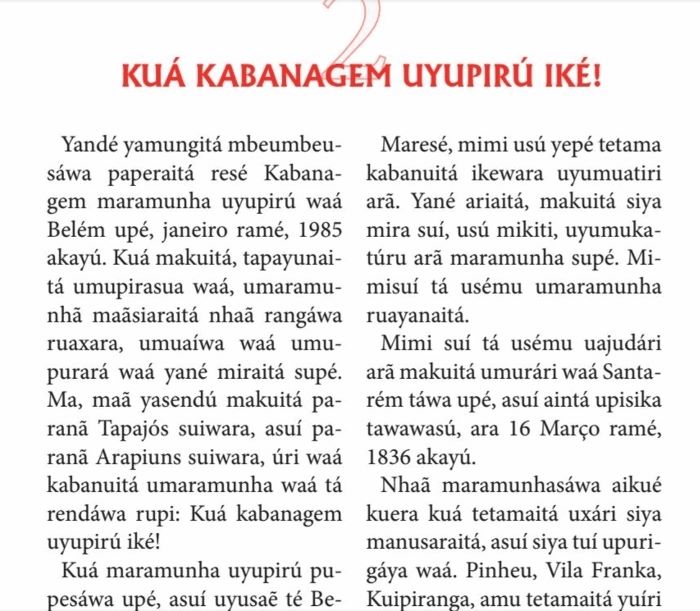 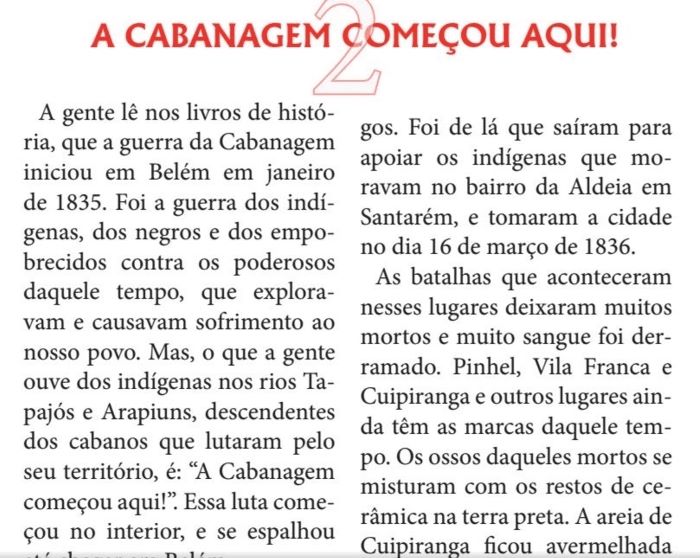 The pages above show examples of Nheengatu on the left and the Portugese translation on the right. They are taken from the Brazillian magazine LEETRA and used here with permission. The magazine LEETRA Indígena is a publication of the Language Laboratory LEETRA. The magazine seeks to fill the space needed today for the progressive recognition of the importance and validity of the literature that has been produced for millennia by indigenous peoples in the national territory, without having been given the corresponding value. You can find LEETRA here: http://www.leetra.ufscar.br/
Below is an example of the author writing in Nheengatu with English translation.
The giant catches a breath 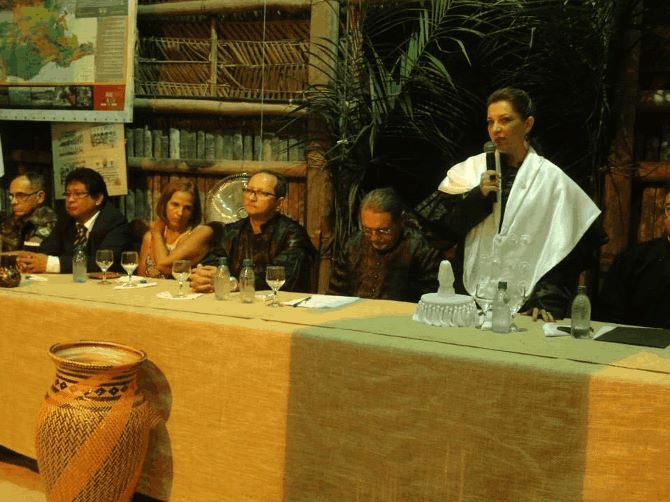 Graduation of the 1st students in indigenous education, 2013. Taken from UFAM page Despite the decline of Língua Geral, there was an effort from some writers to keep the language alive at least on paper. During this period, Lingua Geral was first called Nheengatu, which means Lingua boa (good language). Some national works include O Selvagem (1876), by Couto de Magalhães; Hartt (1938[1872]); descriptive studies by Barbosa Rodrigues (1890) and Brandão de Amorim (1857). Besides that, we have the Dictionary Nheengatu-Português e Português-Nheengatu by Stradelli (1929). Regardless of such important works, only in the Upper Rio Negro we can find native speakers of Nheengatu. According to UNESCO, in 2010 the estimated number of Nheengatu native speakers was about 6.000 in Brazil and 2.000 in Venezuela. The Baniwa, the Baré and the Warekena are the groups who maintain this language widely spoken from the mouth of Rio Negro to the border with Venezuela. For its daily usage, many children from São Gabriel da Cachoeira reach school age monolingual, speaking only Nheengatu. Just after the contacts with the city, some teenagers become bilingual in Nheengatu and Portuguese. In the rest of the country, Nheengatu remained forgotten although some efforts were taken: The Government (pressured by Salesian institutions), tried to unsuccessfully implement its teaching in the 50s. Protestant missions translated the New Testament into Nheengatu in the 70s, but there was a concern among them that both the elders and the young generations only knew the spoken language and needed to be literate. Only in 2002, the Government recognized Nheengatu, Baniwa, and Tucano as official languages in Brazil. Then, Nheengatu began to be taught at schools in São Gabriel da Cachoeira. There were 296 indigenous teachers for 6.148 students of the municipal schools and 2.220 of the state schools. Such improvement is important since most of the native speakers are elders, who could speak but not write in their language while the younger generations instead, could understand but not speak Nheengatu. The lack of a unified orthography, still under discussion, reinforces its need. The empowerment of an identity Milestones 2009 - Universidade de São Paulo (USP) offers the first Nheengatu course. 2011 - Professor Navarro (USP) Publishes Curso de Língua Geral (Nheengatu ou Tupí Moderno). 2012 - Universidade Federal de São Carlos (UFSC) publishes the first issue of the magazine LEETRA Indígena. 2016 - Clube Poliglota Brasil (CPB-Polyglot Club Brazil) makes room for Nheengatu speakers in instant message groups, be them natives of not. 2017 - Opakatu (opakatu.org) starts to develop a Nheengatu online course in three languages, and a channel for Multimedia Cultural Information. Nheengatu is also called nhengatu, ñe'engatú, nhangatu, inhangatu, língua geral amazônica, língua brasílica, tupi, língua geral, nenhengatu, yẽgatú, nyenngatú and modern tupi. As the younger generations already have access to the internet and look for distractions out of their communities, there is no doubt that they spend part of their time playing video games, using social networks and being acculturated by the city. Meanwhile, a whole culture full of wisdom and grace is calling for help. Given this inevitable situation as the modernity invades everywhere, there is the need to implement strategies to immerse these teenagers into their culture, even if we go hand in hand with technology. In order to break this barrier, it has been extremely necessary the creation of projects for the teaching of Nheengatu trough their own traditional narratives. A good example of a successful project is the LEETRA indígena (UFSC). Teachers and Students from Upper Rio Negro work together to publish bilingual issues of indigenous literature and Workbooks, not only for the villages but also for the regular schools. It is useful for the education of those who have Nheengatu as their first language and for the others that speak it as a lingua franca. João Paulo Ribeiro, a researcher of Nheengatu at UFSC, told us that this language is surely alive, and has different variants and different speakers. According to him, changes are a natural process in the linguistic development of a group, as for the assimilation of other languages in contact. 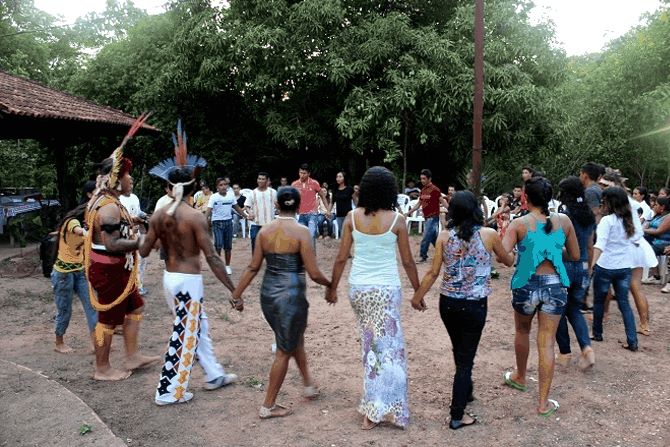 Graduation ritual. Students from the Nheengatu language course dancing. By Lena Santos "The indigenous teachers, speakers of Nheengatu, can show us the way ahead and inspire our new actions for the promotion of Nheengatu." Eugênio Carlos, who conceptualized Opakatu, and Luiz Felipe, as the first contributors to the Nheengatu course at Opakatu.org and active members of Nheengatu chatting groups, state their wishes for the native speakers to have more opportunities to express themselves and publish more materials in their own language. "We welcome the creation of apps for Nheengatu courses, free online resources and the development of more online content. It will certainly contribute to a better recognizement of the language and much more people will be interested in learning it, as it happens with other South-American languages." Felipe himself has uploaded some videos on the internet, in which he translates comedy extracts into Nheengatu. Eugênio, in turn, reinforces this idea, writing for the social networks in Nheengatu, which he considers a good way to reel in new speakers. We still have a long way to go. Nowadays, Portuguese is a Lingua Franca among other different indigenous groups. We cannot deny that it is a very hard work. On the other hand, the efforts already made and the first results achieved point out that there is a solution for Nheengatu to keep alive and strong as the giant it deserves to be. Many non-indigenous people have listened to the voices from the villages. The native speakers, like those who have been graduating in Indigenous Education, have been struggling and working hard to have access to a higher education that promotes development but helps to preserve identity. It is about time we followed the recent good examples. Nheengatu, the good language, is getting closer to the moment where we throw our graduation caps in the air, hug one another and celebrate the end of a ceremony, but the beginning of a new life. For the good of our memory, for the good of our future. Learn more... 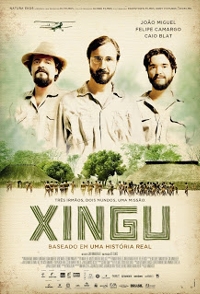
If you want to learn more about the indigenous tribes of Brazil and what happened when confronted with "civilized" man, you should watch Xingu. Based upon the true story, the film is the story about how the Villas-Bôas brothers, Claudio, Leonardo and Orlando, created the first Indian park in Brazil to protect the indigenous tribes from the encroaching Brazilian government. See the review in Parrot Time: http://www.parrottime.com/index.php?i=10&a=107
Eugênio Brito is the conceptualizer of Opakatu.org, a volunteer based project for teaching and learning indigenous, creole, regional and endangered languages in a friendly way. As a language teacher and History lover, he is keen on learning small languages. In his free time he plays violin, but he is proudly a 24/7 husband and father. |
| Languages in Peril - The Good Language of Brazil | ||||||||||||||||
| Writer: | Eugênio Brito | |||||||||||||||
| Images: | ||||||||||||||||
| ||||||||||||||||
| Sources: | ||||||||||||||||
| ||||||||||||||||
All images are Copyright - CC BY-SA (Creative Commons Share Alike) by their respective owners, except for Petey, which is Public Domain (PD) or unless otherwise noted.
|
Looking for learning materials? Find entertaining and educational books for learning a language at Scriveremo Publishing. Just click the link below to find learning books for more than 30 languages!
| |
comments powered by Disqus
